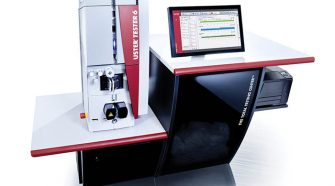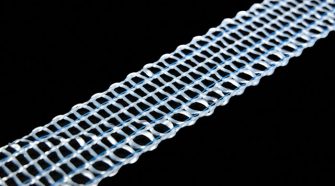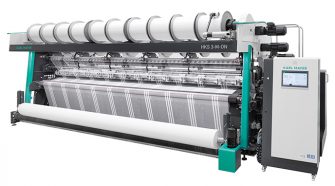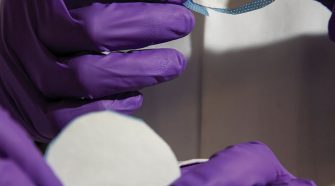Tech Notes

USTER introduces latest edition of TESTER 6 quality management platform for spinning mills
The latest edition of USTER’s TESTER 6 features QUALITY EXPERT digital functionality to support integrated data-based improvements throughout the spinning mill, connecting and interpreting information from a range of different …


Bally Ribbon Mills announces E-WEBBINGS product base for smart textiles
Bally Ribbon Mills (BRM), a designer, developer and manufacturer of specialized engineered woven fabrics, announced its proprietary E-WEBBINGS e-textile product base. Specifically designed to serve as a customizable base for …


Lenzing adopts blockchain to ensure traceability and transparency in TENCEL-branded fibers
The Lenzing Group will use blockchain technology to support its TENCEL-branded fiber business, ensuring complete transparency and traceability for brands and consumers of its fibers in the finished garment. After …


KARL MAYER introduces cloud-based HKS system, touts efficiency improvements
KARL MAYER launched its new HKS 3-M-ON at ITMA 2019. Dubbed as the first three-bar HKS machine with electronic guide bar control, HKS 3-M-ON is linked to KARL MAYER’s digital …


Nanofiber webs enable the efficient removal of toxic dyes from wastewater
A team of Texas Tech University researchers working in advanced textiles has found a new way to remove toxic dye pollutants from wastewater, and their approach is safer, cheaper and …

